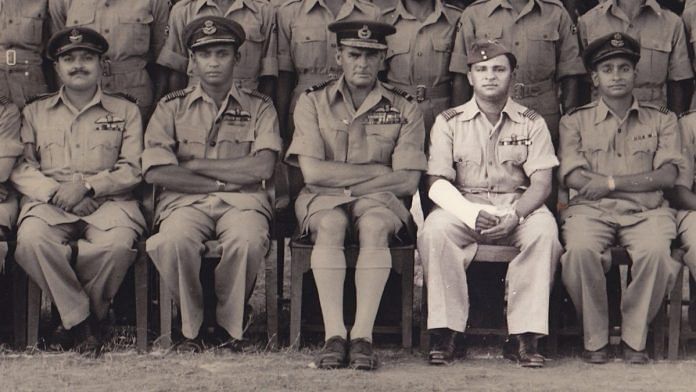Air Vice Marshal Kanwar Jaswant Singh was among the most flamboyant officers in the Indian Air Force. When he died in harness, as the Air Officer Commanding-in-Chief of the Eastern Air Command on New Year’s Eve of 1963, India lost one of its most promising officers. He left a tale that needs to be told.
Promising beginnings
A scion of the Kapurthala Royal family, Jaswant Singh was born to Jasbir and Mabel Singh on 19 September 1915 in Budaun (United Provinces) and was nicknamed “Jumper” because of his inability to pronounce his own name. After initially being tutored by governesses, in January 1927, the 4’4” lad was sent to study at the Prince of Wales Royal Indian Military College (RIMC) in Dehradun.
Four months later, the Commandant of RIMC remarked on the young cadet’s dossier: A very promising little boy indeed. Full of life. He has made an excellent start.” Deemed a “clever” and “plucky” boxer at school, the young Jumper soon developed a reputation for derring-do after chasing and reining in a runaway horse, hunting an eight-foot leopard, wrestling with strongmen of the area, and displaying a praiseworthy prowess on the polo field.
Having graduated from RIMC in February 1936, Jumper made the cut to the Indian Military Academy (IMA) in Dehradun, his home for the next two and a half years. Jumper’s younger brother, the famous conservationist “Billy” Arjan Singh speaks fondly of this time in his book, The Legend of the Maneater (1993): “Jumper became one of the outstanding cadets at the Academy…winning four blues in games and was a colour sergeant at the passing out parade. He was a talented actor and mimic, had a good singing voice, generally was a most attractive and well-liked personality, and very popular with the opposite sex.”
After passing out from IMA, Jumper was attached to the Royal Fusiliers for a year. He was immensely popular within the unit, training them in Hockey, and was known as a “pocket Hercules”. Driven by his intense competitive spirit, Jumper would run off to the rink at Mussoorie for wrestling bouts and win them too.
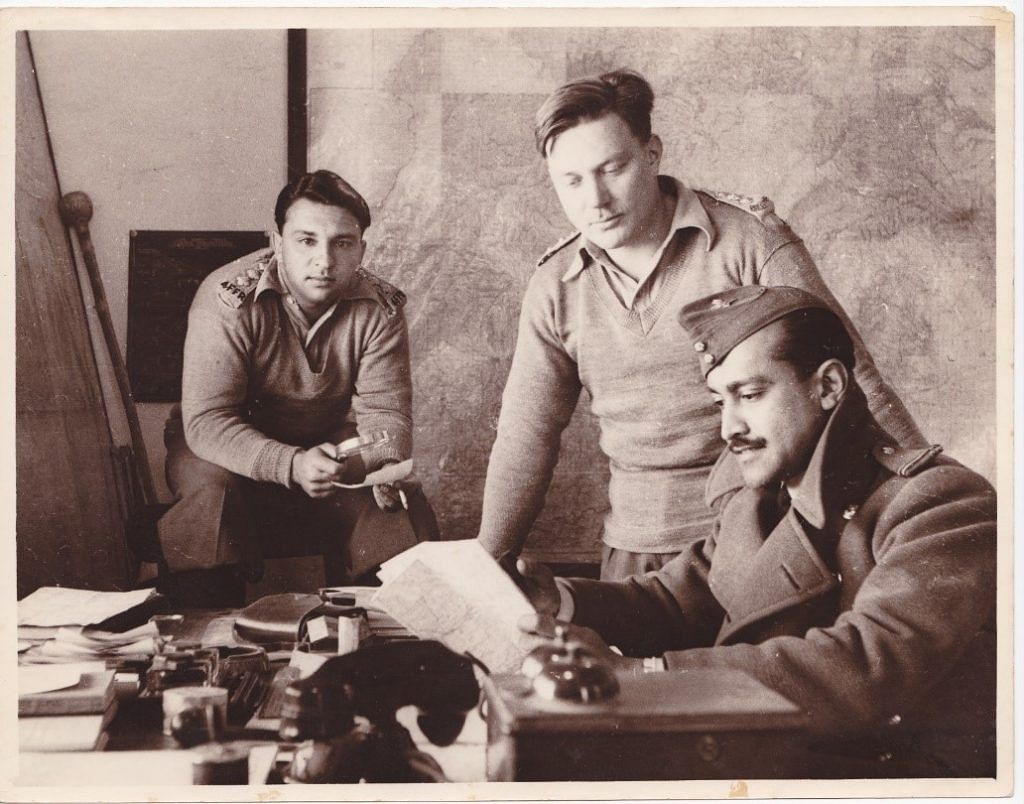
Jaswant Singh joined the same unit as Sam Manekshaw’s after completing his attachment to the 4/12th Frontier Force Regiment and saw action at Fort Jamrud against the Pathans circa 1939. The government was encouraging willing Army officers to be seconded to the Indian Air Force (IAF), which had only had 20-odd officers on its roster at the time. Jumper, ever willing to embrace an adventure, signed up to be transferred to the IAF and was seconded in June 1940 as a Flying Officer; only the fifth Army officer to offer himself for such an assignment. He joined the 3rd Pilot Course at the Initial Training School, Walton, Lahore, to undergo his ground and flying training, and completed his advanced training from the Service Flying Training School, Ambala, at the end of May 1941 having already flown the TigerMoth, Wapiti, Hart and Audax, while earning his “Wings”.
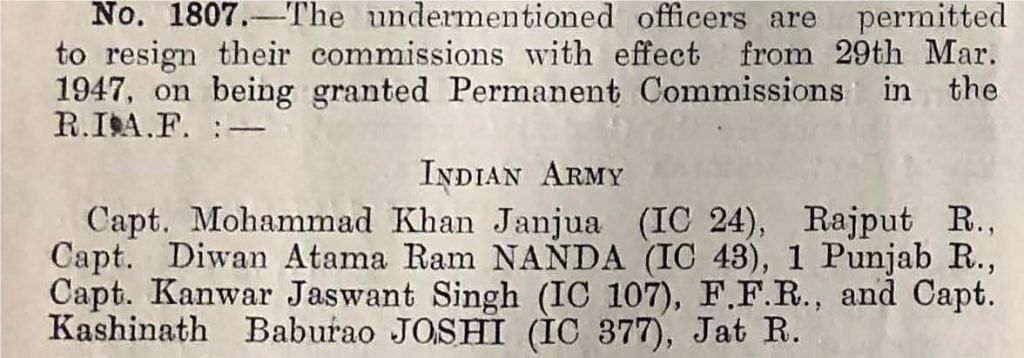
The handful of Army officers who were seconded to the IAF were permitted to wear the Army uniform and ranks along with the IAF wings till they were given Permanent Commission in the IAF, which did not happen until March 1947.
Also Read: Charu Sinha, 1st woman IPS officer to serve as CRPF IG Srinagar, breaks barriers for men too
The marriage of ‘Tiger’
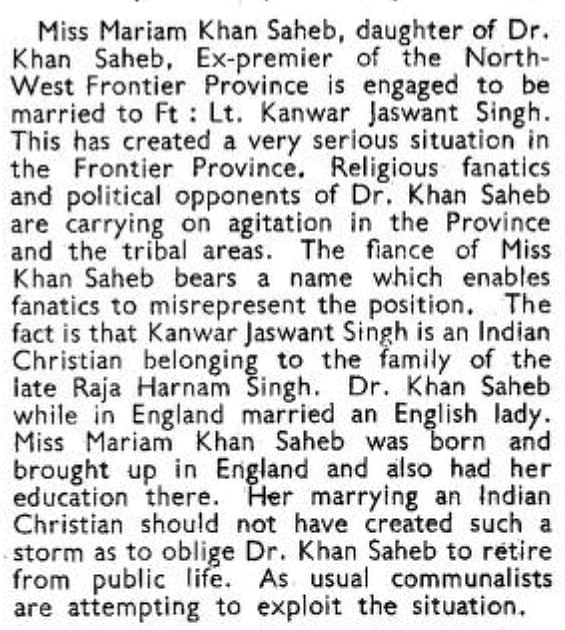
While serving in the North West Frontier Province, Jaswant Singh got married to Mariam Khan (1920-1988), the only daughter of the Frontier’s ex-Prime Minister, Abdul Jabbar Khan, popularly known as Dr Khan Sahib, and niece of Abdul Ghaffar Khan. It was a high-profile wedding; a weekly publication of the time identified him as a “Flight-Captain” in a photograph printed in a contemporary issue of the magazine. Commenting on the controversy regarding the marriage, Jaswant Singh’s oldest daughter, Brinda Dubey told me, “You see, the only people who were successful in defeating the Afghans were the Sikhs. So when my mother married my father in Peshawar, the Muslim League put out that Dr Khansaheb’s daughter, who was a Congress party member, was marrying a Sikh. My grandfather did not attend the wedding — it was a civil ceremony, conducted by Iskander Mirza (who later became the first President of Pakistan), and my grandmother accompanied my mother.”
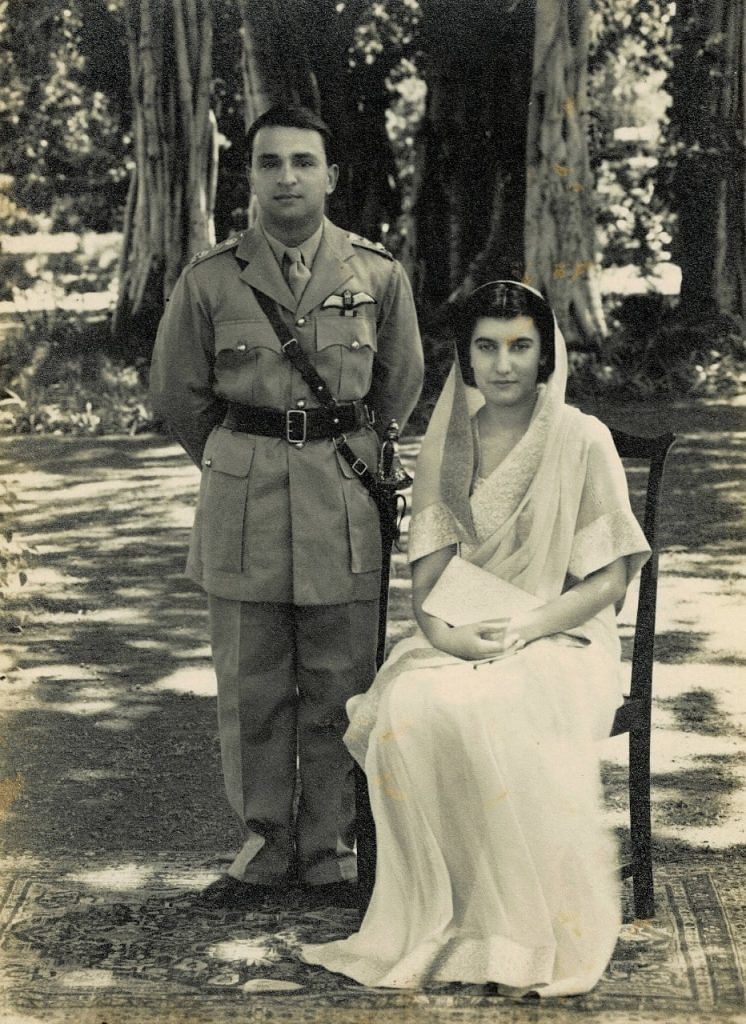
Having earned the new nickname of ‘Tiger’ (possibly due to his daring attitude), Jaswant spent his initial career in the IAF, flying with the No. 2 and 3 Squadrons, having been “A” Flight Commander of the former between June 1942 and February 1943. A year later, he assumed command of 2 Sqn, of the Royal Indian Air Force (RIAF) at Kohat on 1 May 1944. Being a keen sportsman himself, the new Commanding officer (CO) soon introduced compulsory games in the squadron.
Tiger had, by now, started to grow a reputation. He was known for his straight talk and being a strict disciplinarian. Good command over the English language, forceful expressions and most importantly, witty and humorous remarks were his hallmarks.
Tiger was awarded the 1939-43 Star for his role in the Ahmadzai Operations in May 1944. By October, Tiger moved the Squadron to Burma (now Myanmar) for operations. From 23 November 1944, when they arrived at Mambur airstrip, till 17 May 1945, he led the squadron, flying numerous fighter ‘recce’ missions. The unit took part in the third Arakan campaign as well as operations in the Kangaw Valley. Based at Akyab, Tiger put the squadron through its paces, flying 548 sorties in January 1945 and 866 hours in the next month. Back at Kohat with his Squadron in January 1946, Tiger set about converting the Squadron from Hurricane llCs to the Spitfire Mk Vlll. In March 1946, he was posted out after a successful command tenure.
Granted the acting rank of Wing Commander, he was chosen to lead the RIAF Contingent for the Victory Parade in London in June 1946 to celebrate the allied victory in World War II. Incidentally, years later, in 1954, he would also command the ceremonial parade when the IAF was given its presidential colours.
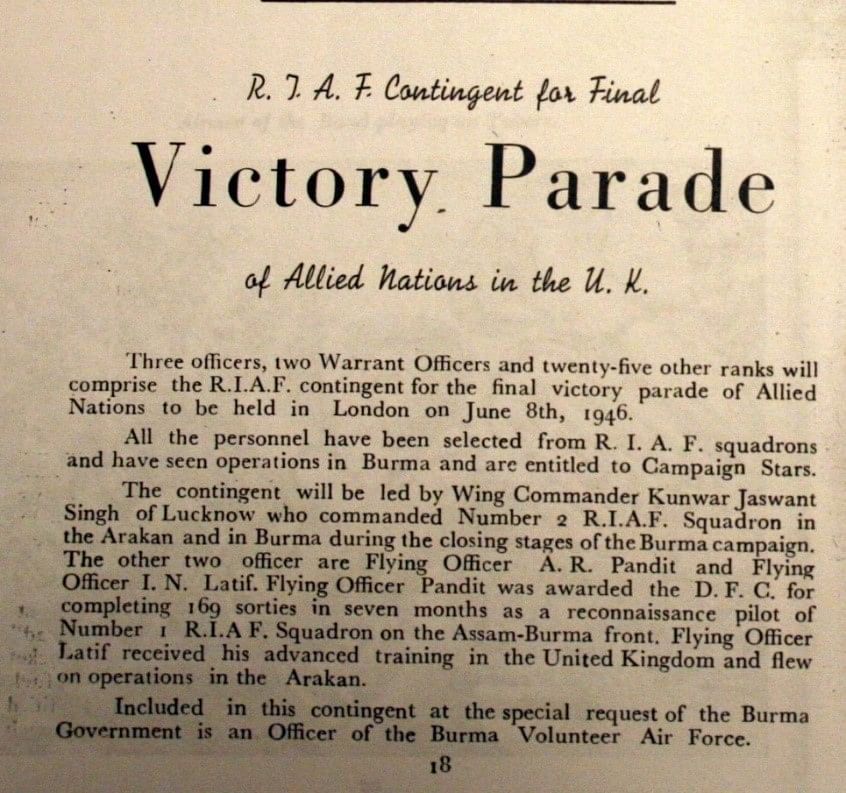
Tiger was granted an Acting Rank of Gp Capt on Independence Day, temporarily “flying a desk” in the Headquarters of independent India’s own RIAF. He was the first Station Commander of the IAF Station Race Course in Delhi, which was a critical posting with administrative control of the entire region. Under his command, the station acquitted itself very well of handling the tumult and the associated violence of Partition, with the Station Commander often seen riding his James motorcycle from his house on 1 Kushak Road.
Tiger handed over command of the RIAF Station, New Delhi, in April 1949 and was posted to command No. 3 Wing at Palam from 1949 to 1951, which housed the VIP Communication squadron and a Tempest fighter aircraft squadron. During this tenure in September 1950, he led a team of four pilots on a ferry-flight of the Vampire aircraft from the UK, covering nearly 5,000 miles. To complement his rise and future role in staff postings, Tiger was sent to attend the 8th Course of the prestigious Joint Services Staff College at Latimore House, Buckinghamshire.
After returning, he was posted as the Director of Organisation at Air HQ and commanded IAF’s largest and newest transport base at Agra. In 1958, he was promoted to Air Commodore and sent to Bangalore as Air Officer Commanding (AOC) Training Command. In 1959, he followed this up with the unique appointment of being seconded to the Ghana Air Force as its first Chief of Air Staff. He was to plan the formation and establishment of the Ghana Air Force as a composite arm of the Ghana Armed Forces. The only Indian to have ever commanded a foreign Air Force.
Also Read: Field Marshal KM Cariappa, the man who told Pakistan not to release his captured son
Work at the Eastern Air Command
In March 1962, he was promoted to Air Vice Marshal and posted as the Air Officer Commanding-in-Chief (AOC-in-C) of the Eastern Air Command based in Calcutta. As the conflict with China rolled in, ‘Tiger’ Jaswant Singh personally moved to a tent accommodation in Guwahati to plan the air operations better. In October 1962, he was in the thick of the action — visiting all the bases and landing grounds in the region, and helping with airlifts and communications across the east. Air Chief Marshal Pratap Chandra Lal recounts in his autobiography: “When the fighting began, Air Vice Marshal Jaswant Singh himself came to Gauhati from Calcutta and lived with the men, supervising and encouraging them, and taking part in it himself. Day after day, his was the first aircraft to take off in the early morning mist and haze.”
In early November 1962, Tiger Jaswant Singh mysteriously confined himself to his tent for a few days. People close to him guessed he had some serious affliction, but he didn’t share the details because he disliked any show of weakness. He continued to discharge his role with the same vigour through the difficult period of evacuation after the 1962 Indo-China war ended. At the end of November, he moved back to his HQ at Calcutta. On New Year’s Eve of 1963, the 47-year old AVM passed away after suffering a heart failure, as AOC-in-C in the Eastern Air Command. Twenty-five days later, he was posthumously awarded the Param Vishisht Seva Medal for rendering the most distinguished service to the Indian Air Force.
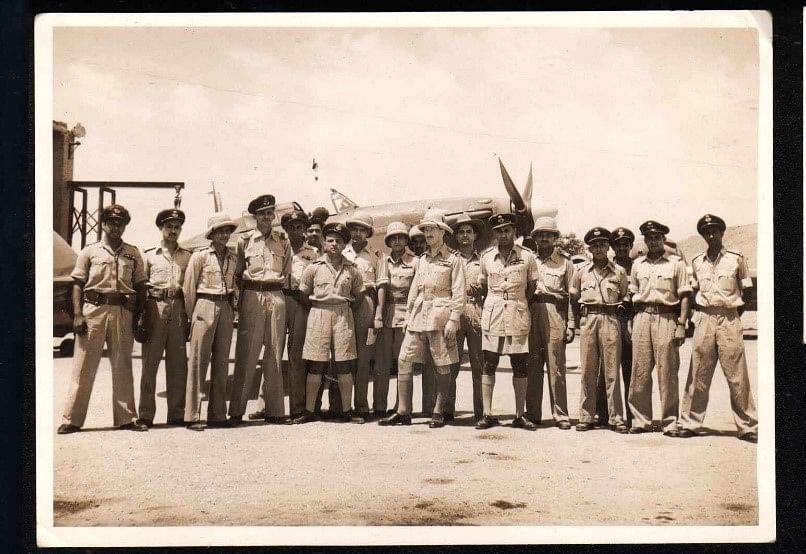
Apart from his accolades in the forces, Tiger Jaswant Singh had clocked up many credits in various fields of sport. He earned colours in tennis, hockey and football, while at IMA between 1934 and 1936, and became the Army tennis captain in 1937. He also captained the Delhi District Association cricket team in Ranji Trophy in 1947, and won the services open doubles lawn tennis championship the same year. He made his mark in golf too, a sport he started playing as late as 1957. He is considered the father of sports in the IAF, and was honoured by having a trophy constituted in his name in 1963 to be given to the best Sportsman in the Armed forces every year.
Prem Bhatia, an eminent journalist of the era, wrote an article about AVM Kanwar Jaswant Singh called “Requiem for a Tiger”. Brinda Dubey, who was 19 and had spent most of her years in a boarding school when her father died, remembers him as “a brave and fearless man, who led from the front, and by example, and was honest and upright to the core. He loved sport, played all games well, and was a man’s man.”
The “clever” and “plucky” boxer of the RIMC had made his last flight to Valhalla after 26 years of yeoman service, after having participated in WWII as a pilot, and having been the AOC-in-C during the 1962 India-China War. Jaswant Singh packed a punch all through his life – in and out of the cockpit.
I am thankful to the daughter of AVM KJ Singh – Ms Brinda Dubey for her inputs. The full profile of the service career of AVM Kanwar Jaswant Singh can be found here.
Anchit Gupta (@AnchitGupta9) is a finance professional from a military family. He has a deep interest in aviation history and is currently co-authoring a book on the role of IAF in the Kargil war and has been a regular contributor to the IAF section on www.bharat-rakshak.com. Views are personal.
This is part of a series on military biographies.
(Edited by Srinjoy Dey)


